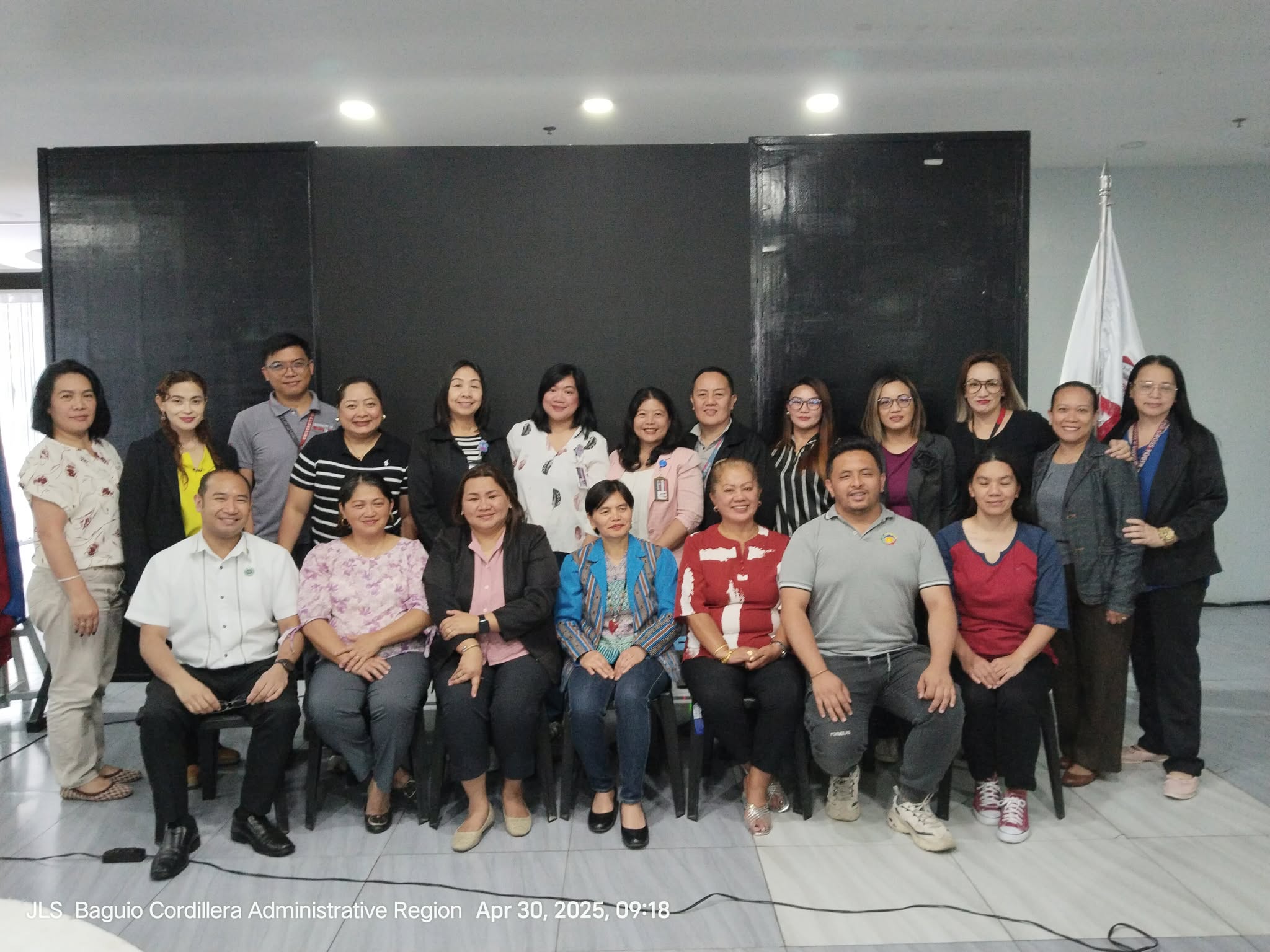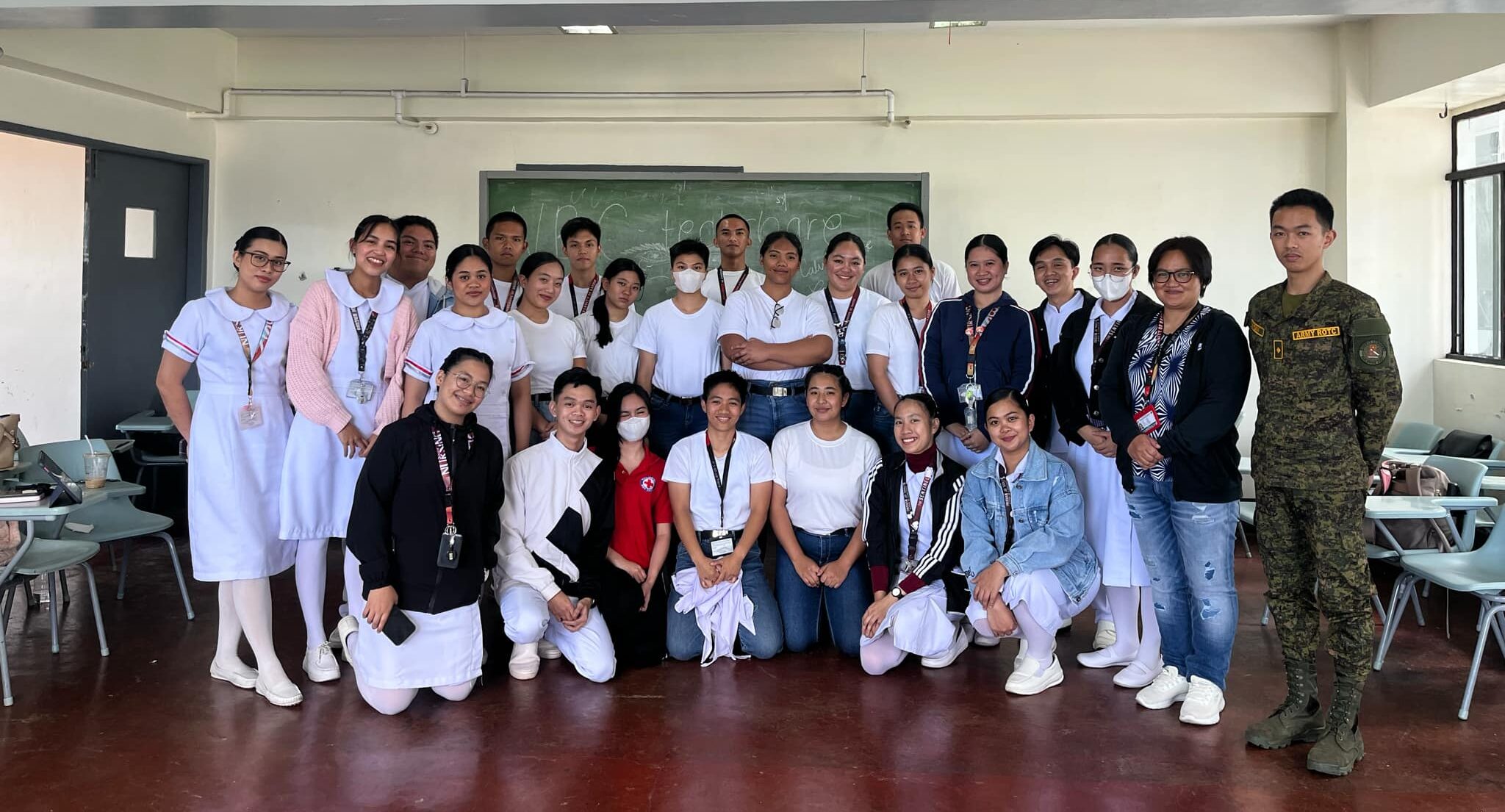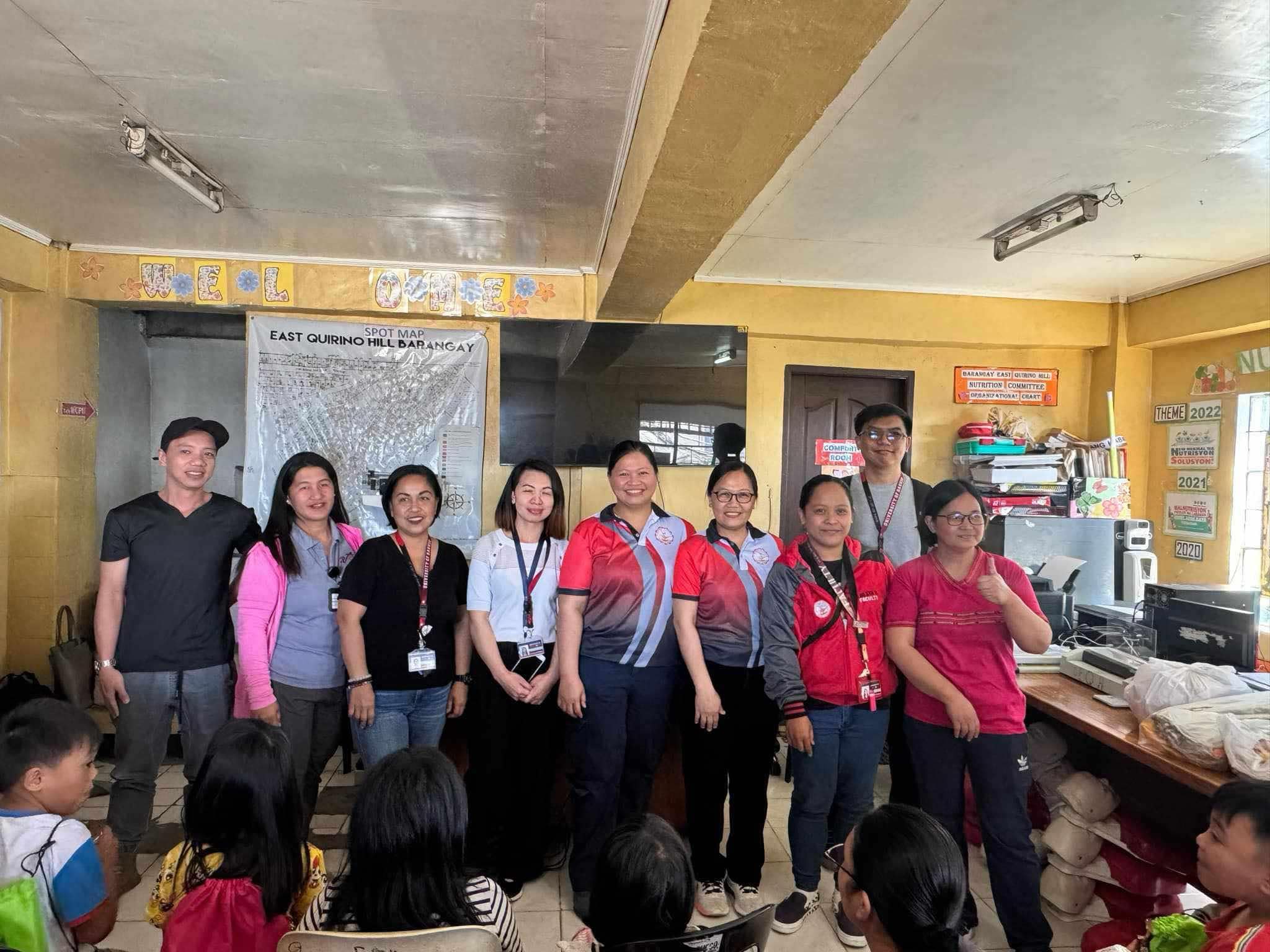Written by Arianne Joie Policarpio and Cherry Blossom Garcia
When disaster hits, every second counts. A life may hang in the balance by how fast and well a first responder can respond with care. This is where the ROTC medical teams enter the scene—cadet rescuers who are trained to be the first line of defense when help is most needed. Whether a natural calamity, an accident, or a medical emergency, their confidence and skill in responding can mean the difference between life and death. That’s why ROTC ERU is trained intensely in disaster carriers, bandaging, and Basic Life Support (BLS)—three critical skills that equip them for actual emergencies.
Under the supervision and guidance of Mrs. Aissa Pater and Mrs. Olive Sison, nursing clinical instructors together with the fourth-year student nurses as facilitators, the ROTC ERU of the University of Baguio successfully honed these lifesaving skills during a specialized training session on March 29, 2025. Through extensive hands-on training and interactive sessions, the participants gained knowledge and experience on disaster carries, bandaging, and BLS training. The collaborative work of the facilitators and clinical instructor guaranteed that every participant attained the competence to respond effectively during an emergency crisis.
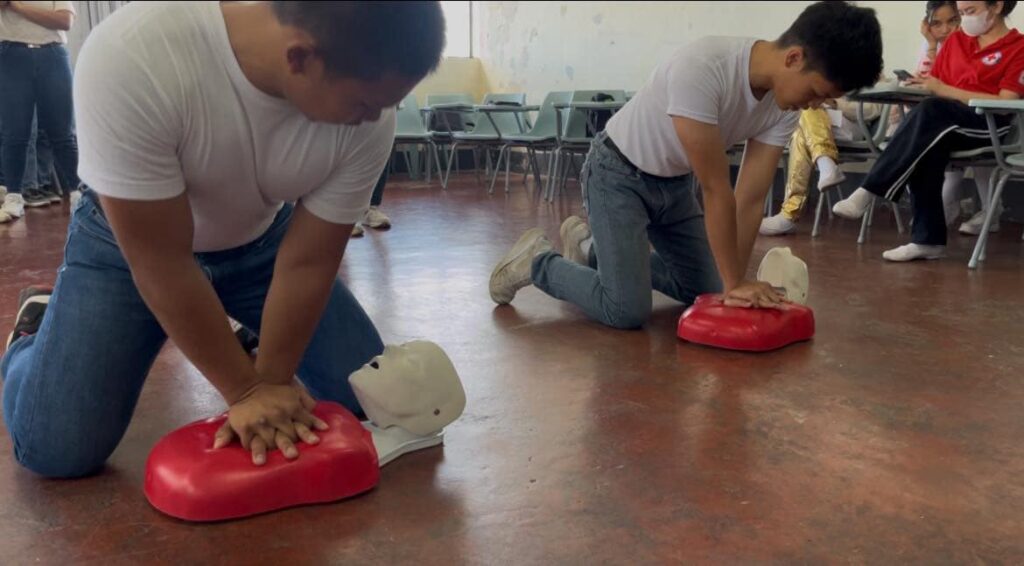
Basic Life Support (BLS) is the foundation of emergency medical care. For the ROTC ERU, knowledge of BLS can be a matter of life and death. Stepping into the role of first responders, they bring not just medical knowledge but a sense of duty in times of crisis. Guided by the instructor and facilitators, the cadets were offered intensive hands-on training and were introduced to essential skills that were performed, such as CPR, rescue breathing, and response to act swiftly and decisively, ensuring that oxygen circulation continues until professional medical help arrives to have a better chance of survival.
Beyond BLS, cadets also underwent rigorous training in disaster carriers and bandaging—two vital skills in emergency response. Under supervised demonstration of the fourth-year student nurses, Disaster carriers involving techniques for safely transporting injured individuals efficiently were taught, whether in mass casualty incidents or remote locations where immediate medical evacuation isn’t available. Bandaging, on the other hand, was focused on wound management, bleeding control, and immobilization to prevent further injury. Through these rigorous hands-on training and repeated drills, they develop the confidence to coordinate efforts in high-stress environments, turning knowledge into action when every second matters.
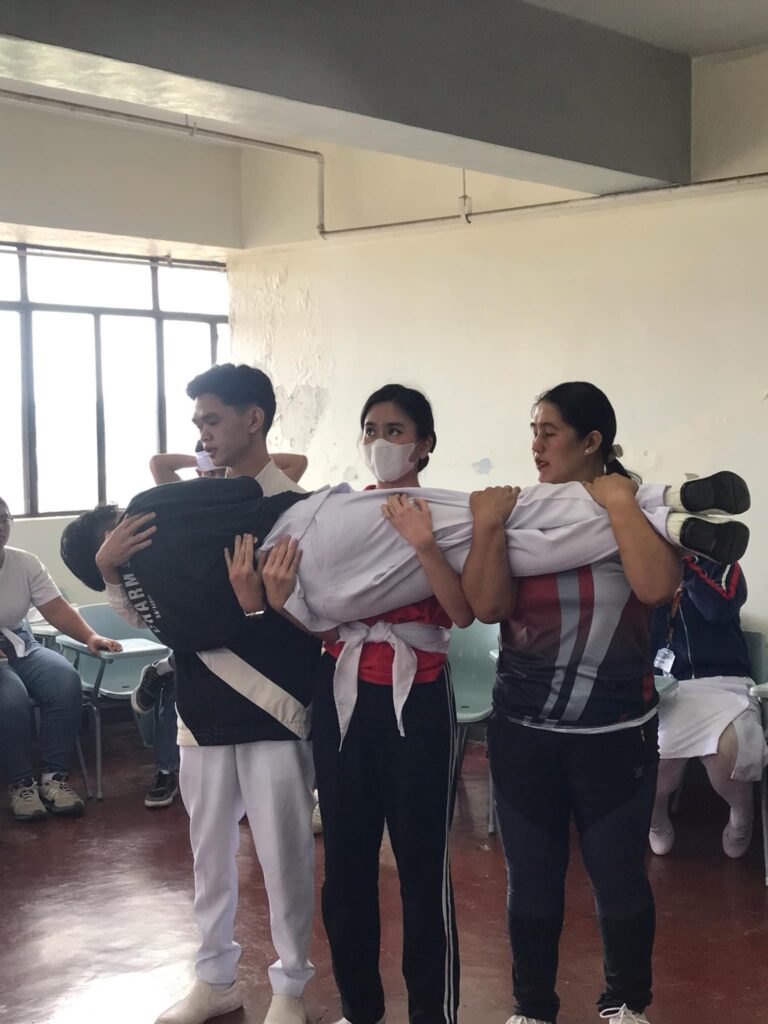
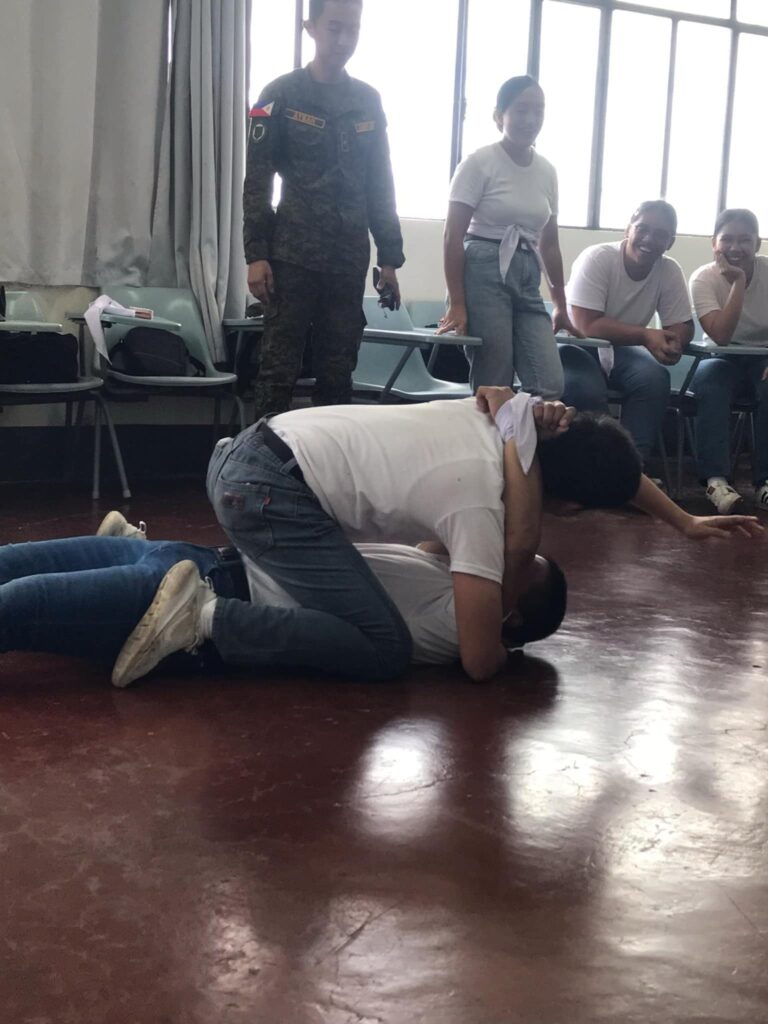
The ROTC medical team is more than just a group of uniformed students. They are trained responders, ready to respond to any crisis. Through disaster carriers, bandaging, and BLS training, they acquired the knowledge, discipline, and urgency in decision-making capabilities necessary to address life and death emergencies.


